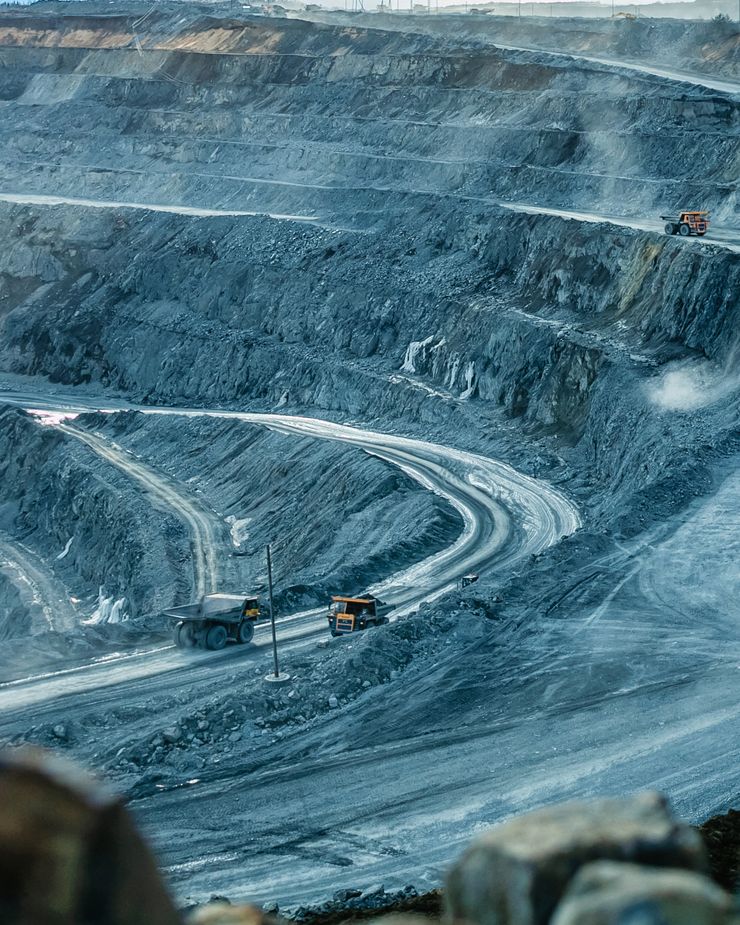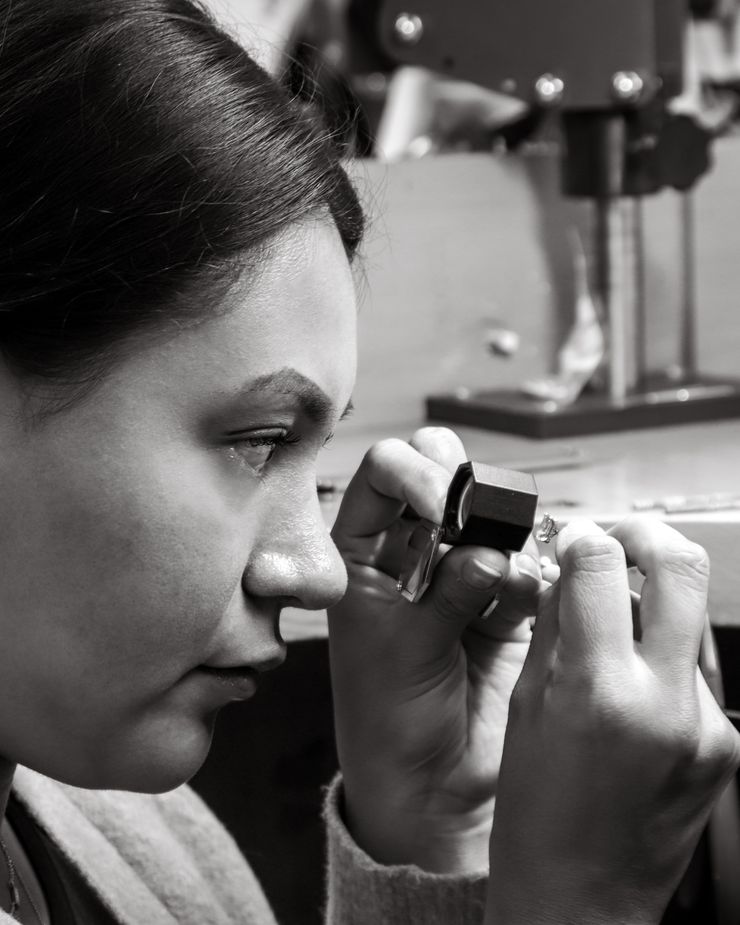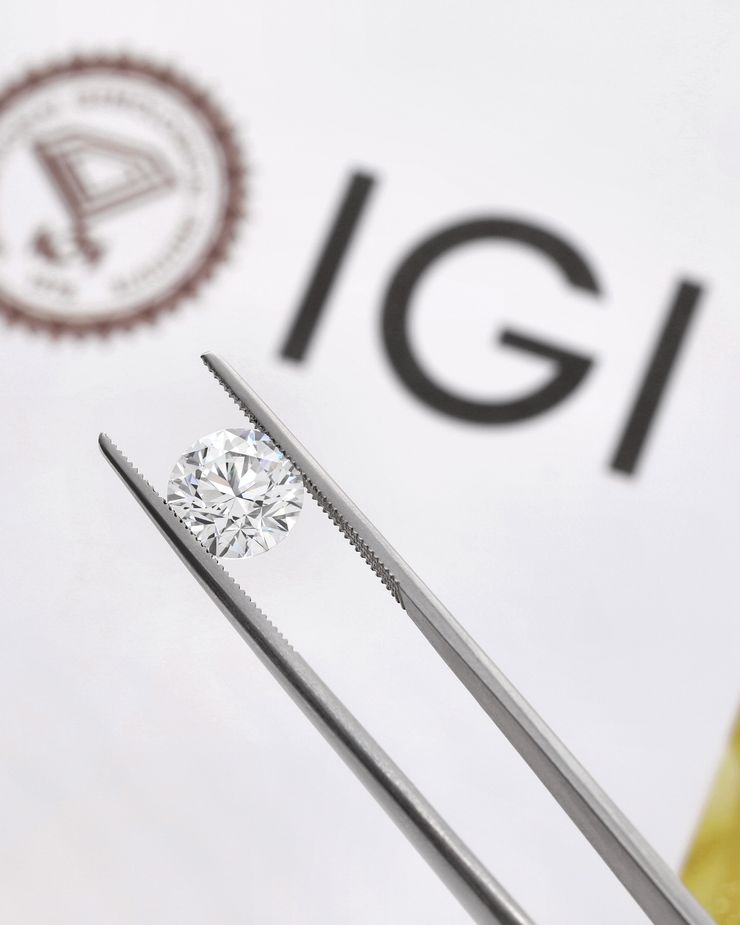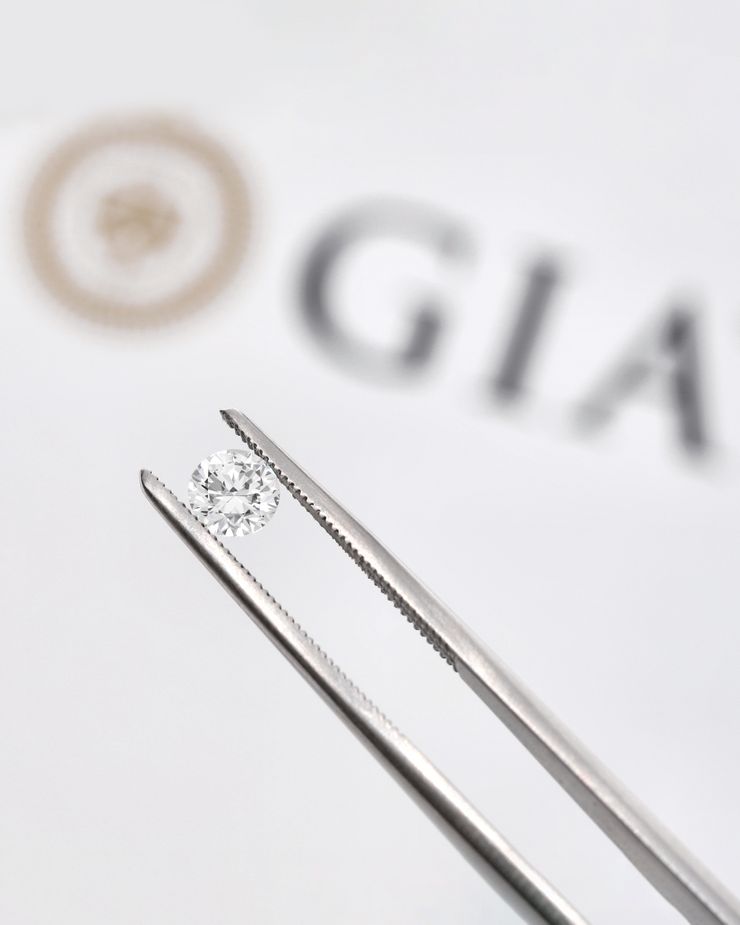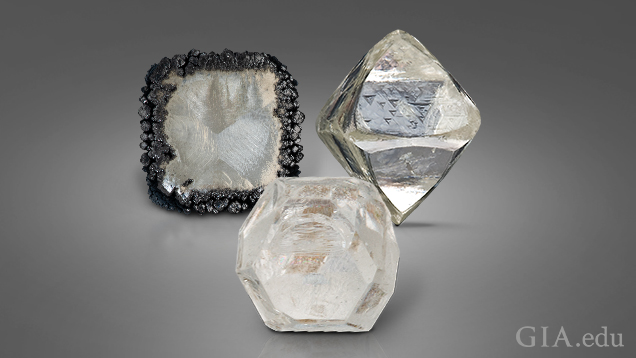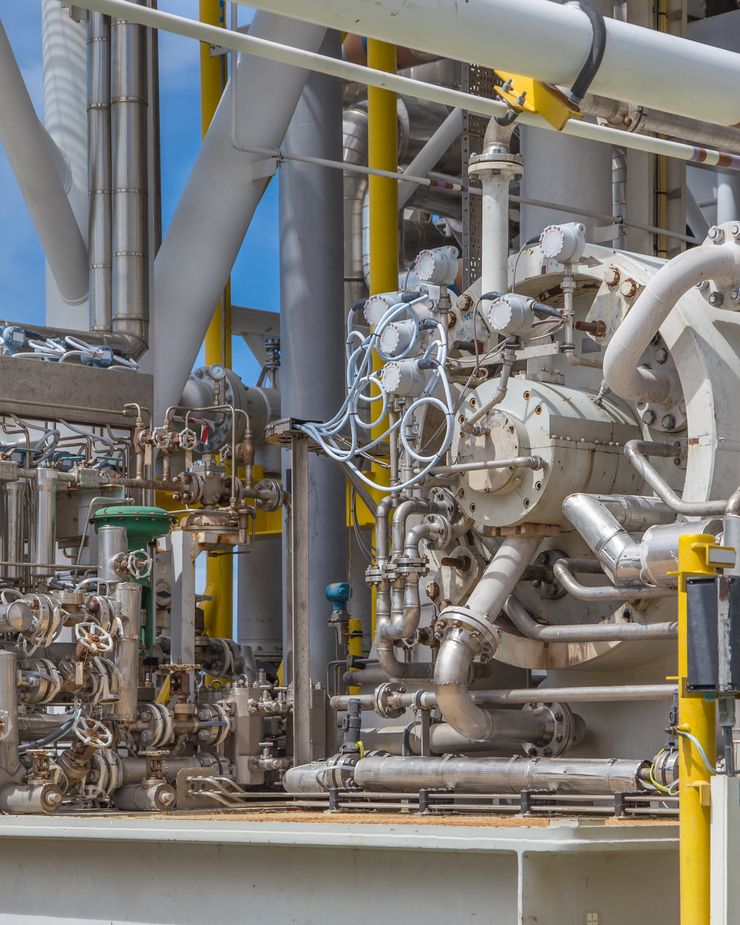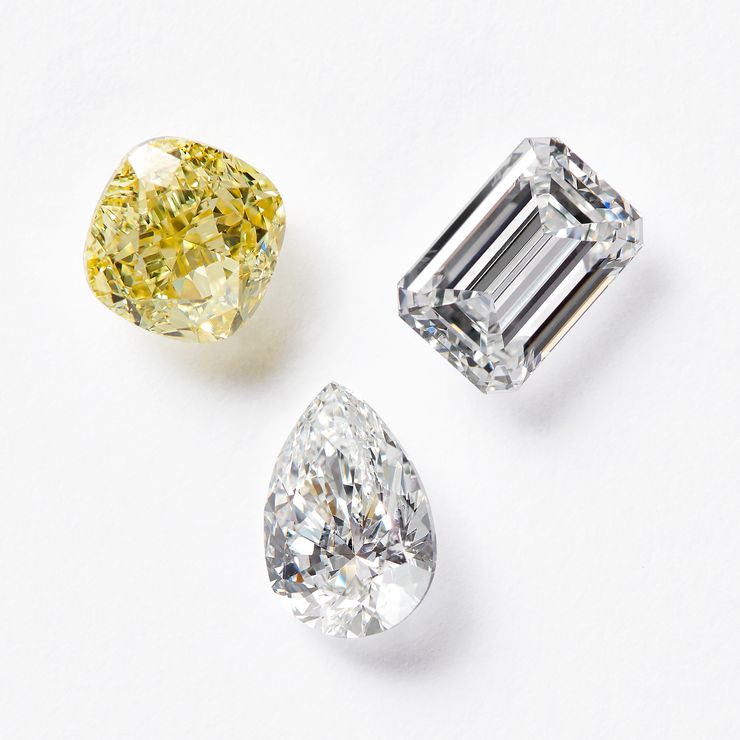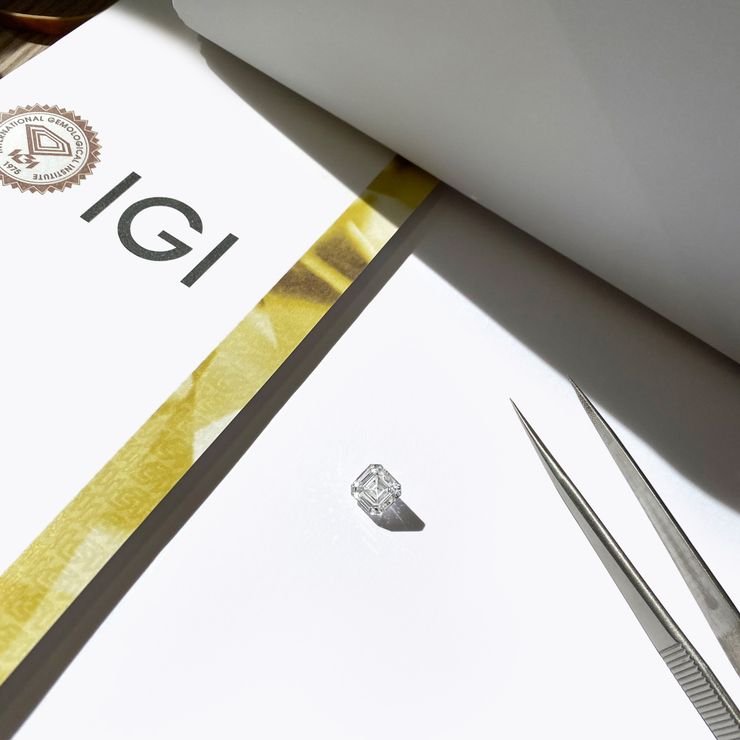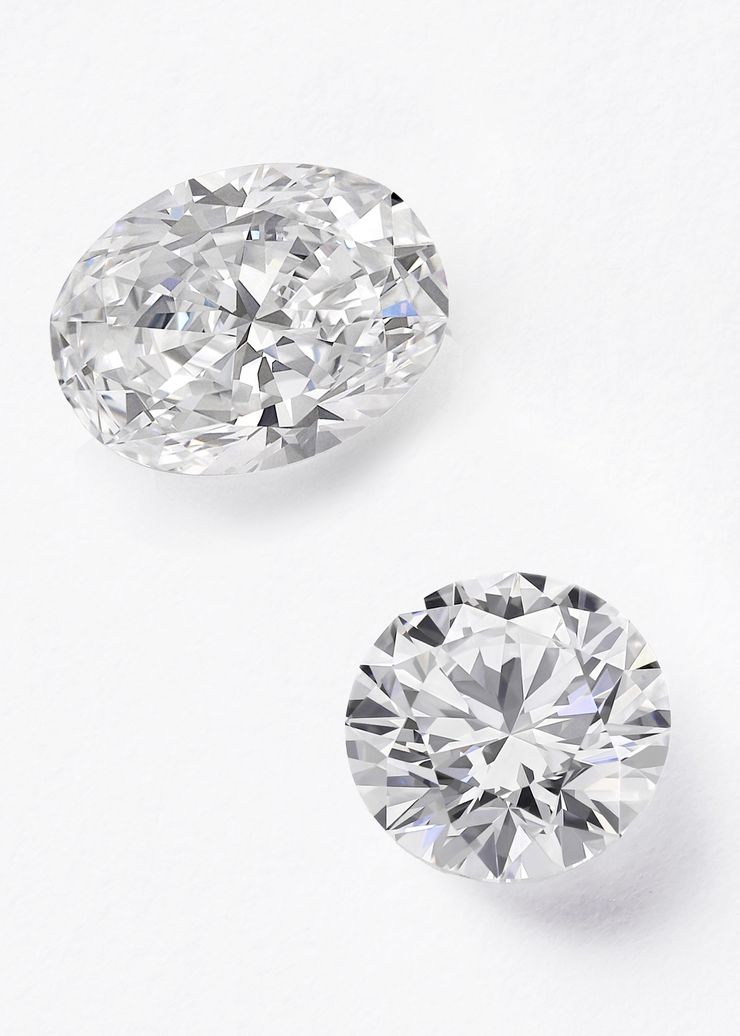In many ways a lab grown diamond and a natural one are exactly the same - in particular their gemological properties, as well as their brilliance and sparkle. Most people, even professionals, can't tell the difference without conducting a test. There is a debate on whether one is more ethical than the other. Natural diamonds have been a force for good, in countries like Botswana, and have also had their share in the sad history of financing conflict. A customer can ask for the provenance of their natural diamond to shop with confidence, knowing that the mine or country where their diamond comes from follows best practices and gives back to their communities. Lab grown diamonds are using an enormous amount of energy to create a product that is otherwise available, so you could argue that unless the energy used is renewable, a lab grown diamond is unnecessarily increasing our carbon footprint. While we could debate the ethics between both natural and lab grown diamonds, this distracts from what I believe is the key difference between the two. A customer who buys a lab grown diamond will be able to get the size of diamond they had hoped for and for many this means a lot. For the wearer of an engagement ring, admiring it every day or proudly showing off their ring to friends and family is often very important. A lab grown diamond’s lower price point gives customers access to larger diamonds, for less. But the customer should know that their lab grown diamond will not keep its intrinsic monetary value into the future. This is the most important statement I could make in comparing the two. The ring may one day be passed on as an heirloom, but the diamond set in it will not have held its value and may be worth very little. In comparison, a natural diamond has in the past and likely will continue to increase or at least hold its value into the future. This is because lab grown diamonds could be available in near-endless quantities, while natural diamonds, forged by the intense and never to be repeated conditions on Earth three billion years ago, are inherently scarce. If the feeling of having a piece of jewellery that is valuable matters to you as much or more than simply having a larger diamond, then a natural diamond is a better option. If you think of your ring or jewellery piece as a fashion accessory, something that looks great but has little long-term monetary value, then perhaps a lab grown diamond is the right option for you. Lastly, many people buy a ring or jewellery piece as a gift and make a decision on what to buy without their partner’s full involvement. What is really important to us, is that both the customer and the wearer (if not the same person) are proud of their Taylor & Hart piece. Before buying, just as you will think carefully about the design to make sure your partner loves the look of their ring, please consider how your partner will feel when they learn about the source of the diamond in their ring or jewellery piece. If you're not sure, my suggestion is to go with a natural diamond. There is a romance and magic around gifting something so rare that was formed billions of years ago, especially as this gift is a symbol of your everlasting love and commitment.
— Nikolay Piriankov, CEO
